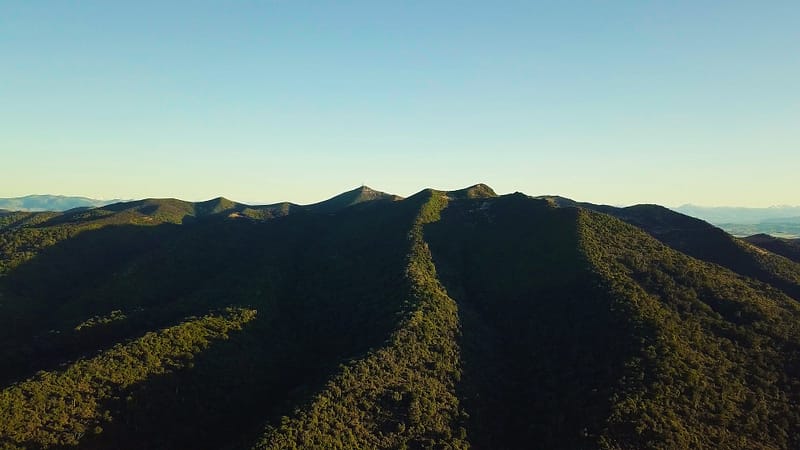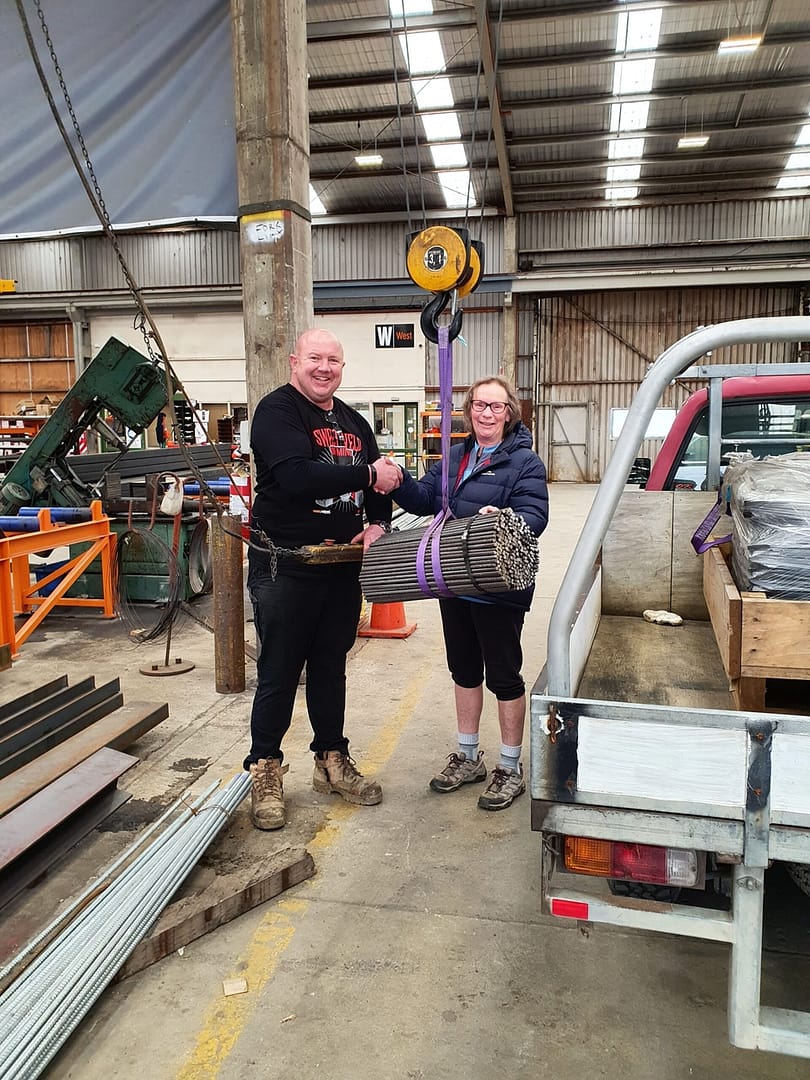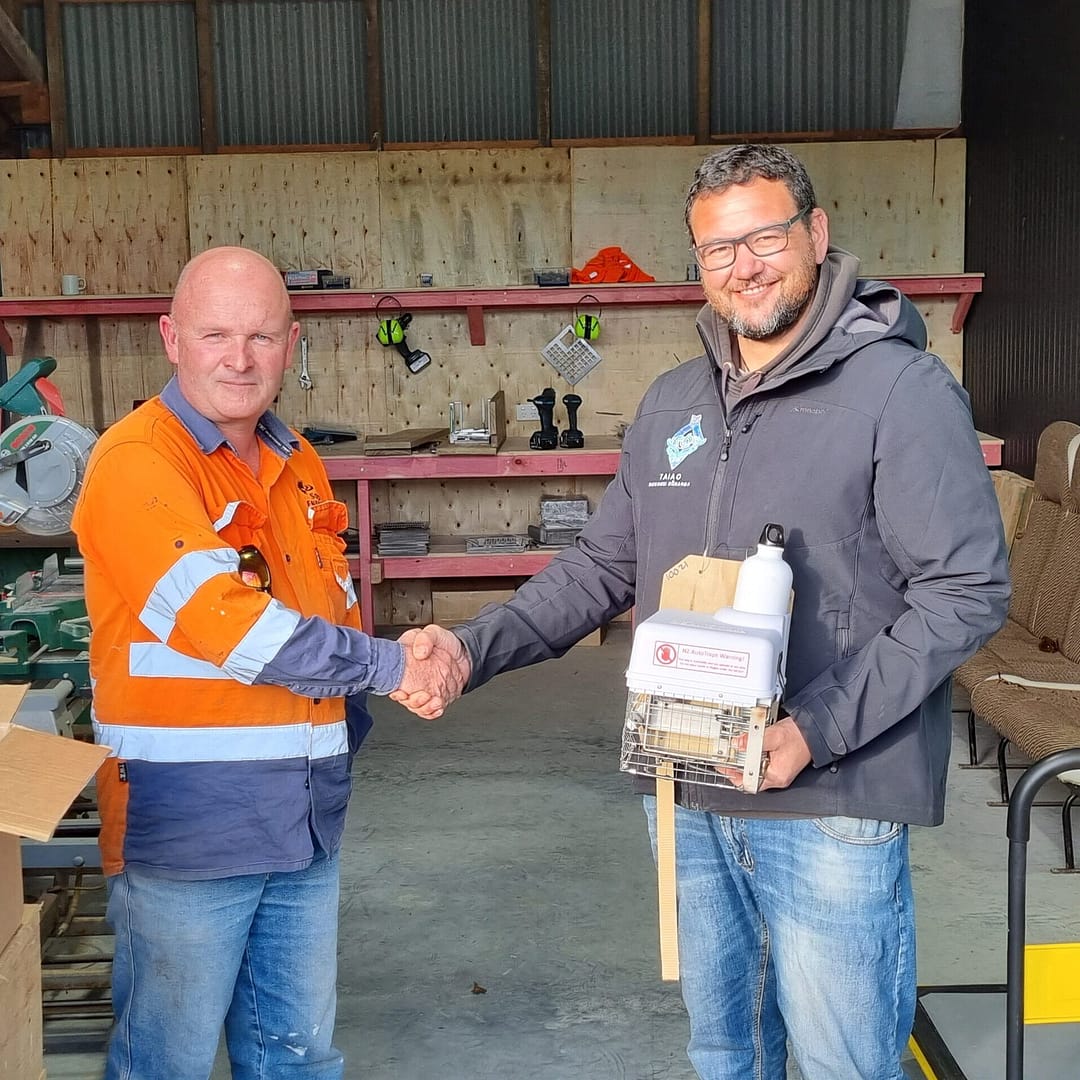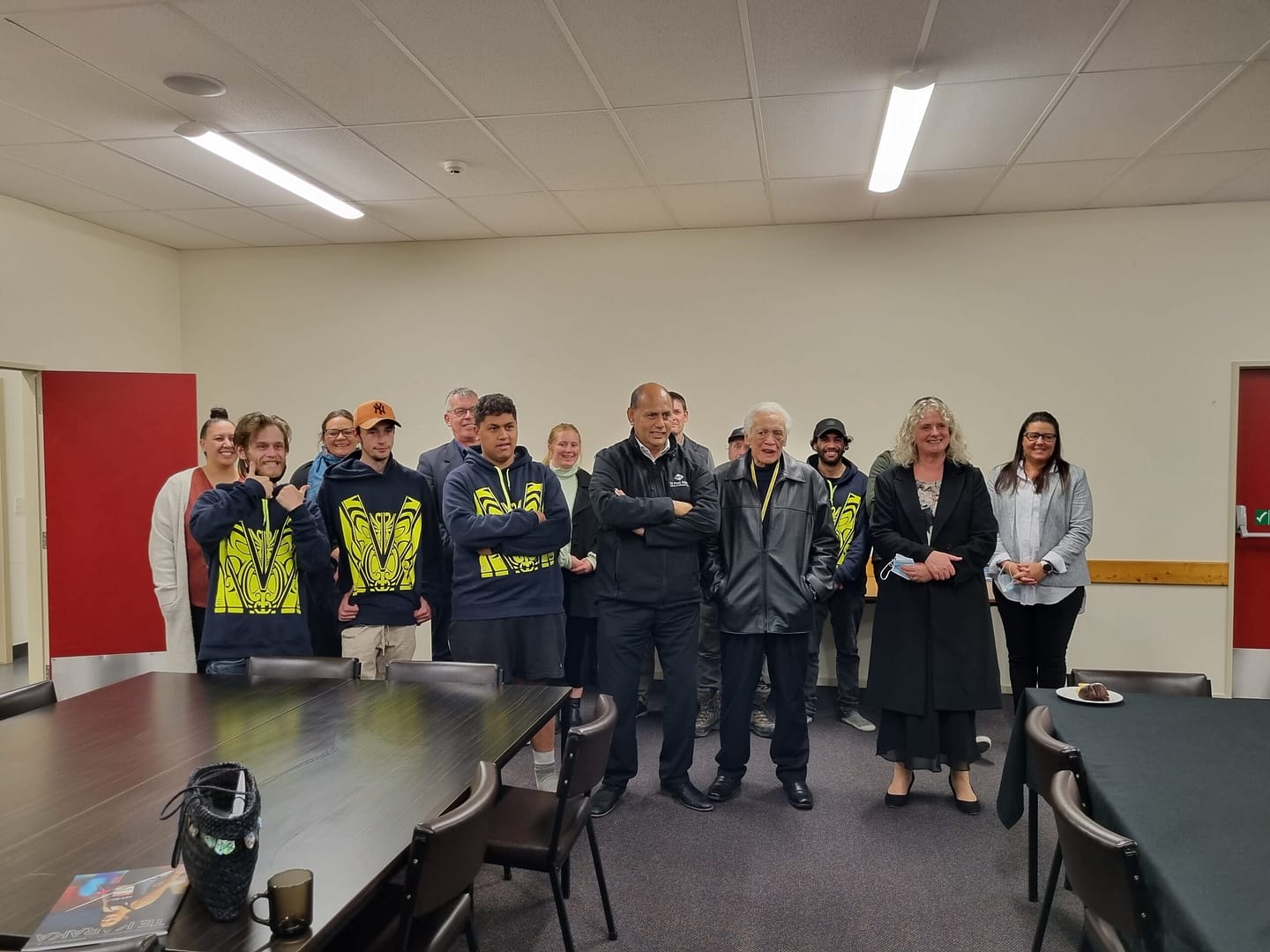Many hands make light work – ka pai Alliance!
Mā tini mā mano
Ka rapa te whai
Many hands make light work
Unity is strength
The Hokonui Hills lie in central Murihiku (Southland) and have physical and spiritual significance for Te Rūnanga o Hokonui (Hokonui Rūnanga), tying them to their tipuna and whenua. Many Southlanders value the area for recreation and natural beauty.
Much of the project area is owned by Māori Trusts or private ownership. Conservation lands makes up approximately 28% of the area and include the Hokonui Conservation Area, the Hokonui Scenic Reserve, the Cone Forest, and Bare Hill Forest. The remainder of the project area is QEII Covenant Land.
The rugged nature of the Hokonui Hills means that much of the original vegetation remains. It contains a variety of plants including many rare species. Populations of species such as the deciduous tree daisy and fierce lancewood are nationally important.

The Hokonui Hills: a native forest remnant that is under threat from introduced pests. This project will be crucial in maintaining and improving the habitat and biodiversity of this culturally and ecologically important site. Photo source: Hokonui Rūnanga
The Hokonui Hills contain populations of many native bird species, with tūī, kākāriki, pihipihi, korimako, pīwakawaka, riroriro, kākā, kawekaweā long-tailed cuckoo, karearea, tītīpounamu, and Mātātā fernbird all being recorded within the project area. It is home to the nationally important green skink Oligosoma chloronoton.
Ultimately, this project aims to achieve success through multiple work strands:
The first steps of this project have already commenced: A biodiversity plan and possum control plan have been developed, and initial possum control is underway. The possum control plan aims to have possums controlled to less than 5% RTC (residual trap catch) and to have a network of traps around the perimeter of the control block by June 2024.
The endangered deciduous tree daisy (Olearia hectorii) is found in pockets throughout the Hokonui Forest. This species is at risk from habitat modification and browsing pressure. Pest control and environmental restoration will assist populations of this species to regenerate and flourish. Photo source: Department of Conservation.
Further activities such as mustelid control and biodiversity monitoring will be implemented in the near future.
This work is made possible with the generous support of our community and partners:


Mā tini mā mano
Ka rapa te whai
Many hands make light work
Unity is strength

The team at the Hokonui Rūnanga are constantly amazed at the generosity and goodwill of the people and

Collaborative governance between both New Vale and the Hokonui Rūnanga has been a tale of success. They are

On Wednesday 27 April, we were very lucky to have the Minister for Māori Development Willie Jackson join